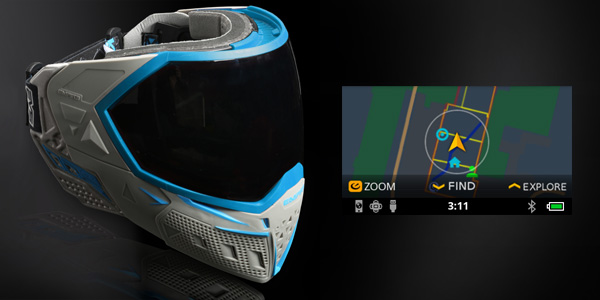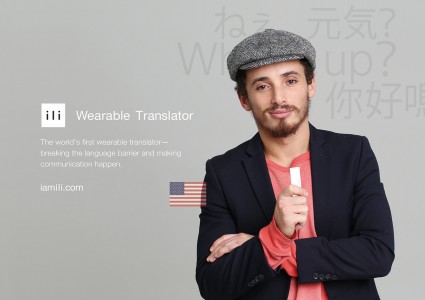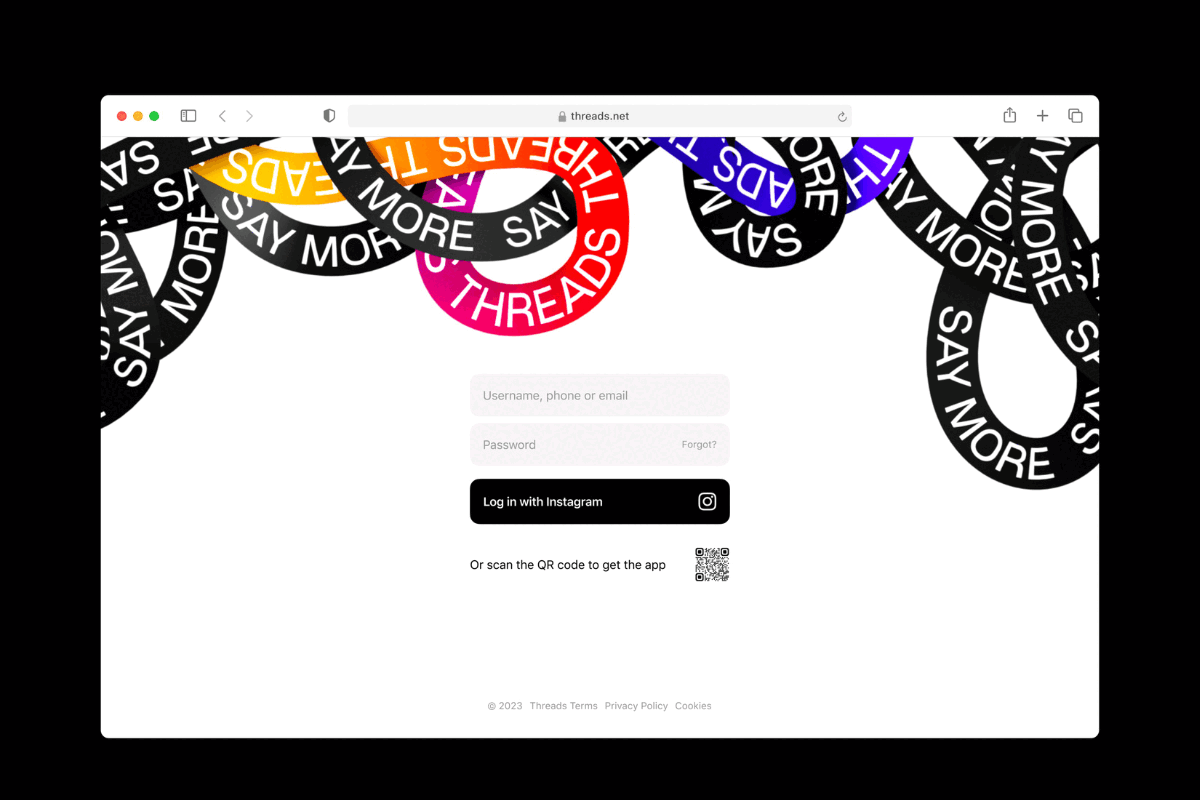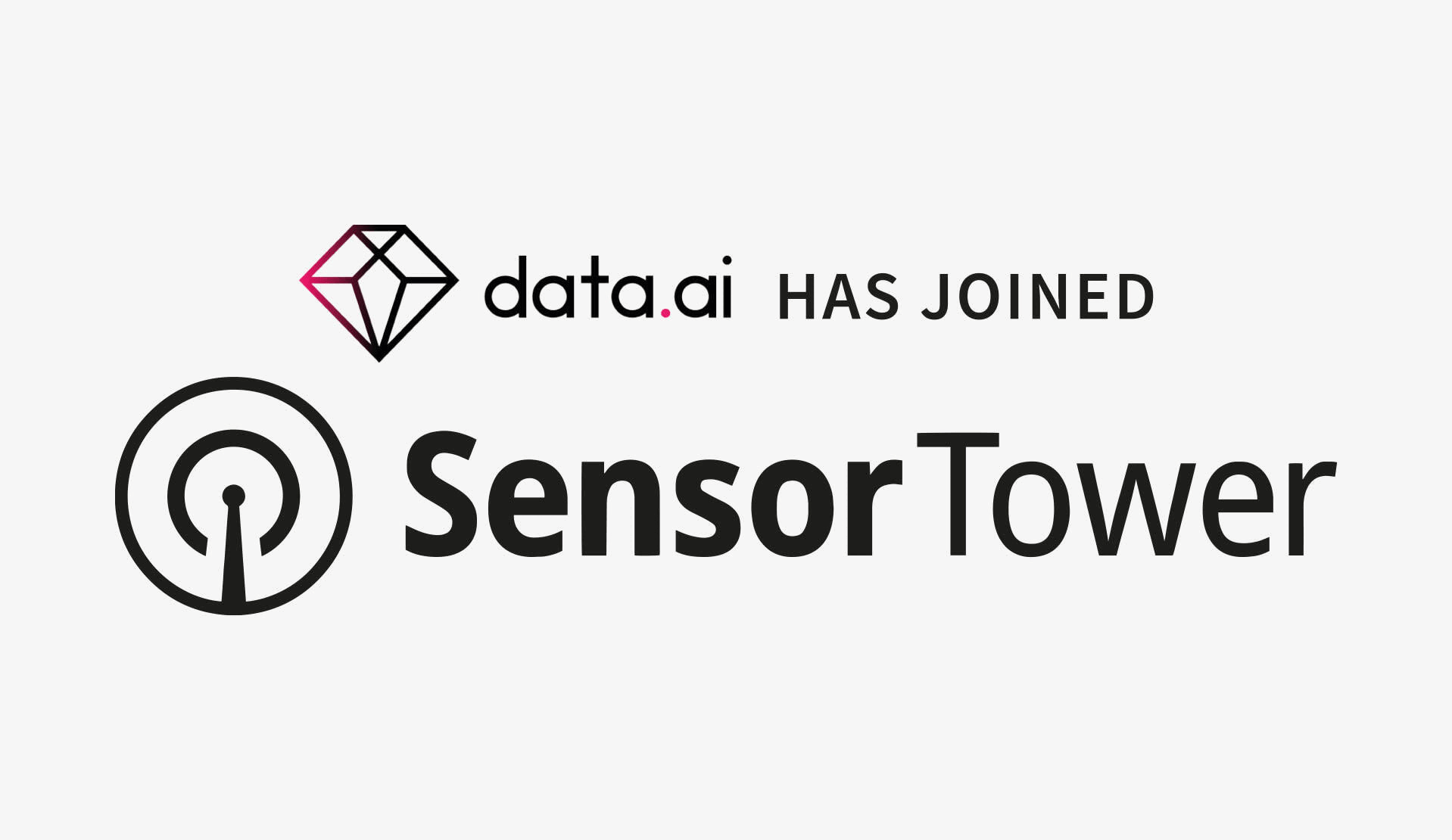Innovation Lab: Wearable Tattoos, Paintball HUDs and Robot Beauty
- Friday, January 8th, 2016
- Share this article:
At Mobile Marketing were proud to help tech companies showcase their cutting-edge solutions, whether its on our website, in our magazine or at our Mobile Marketing Summits. Giving a platform to companies that are breaking new ground in their market brings audiences one step closer to the ideas and developments that will shape tomorrow.
In that spirit, our Innovation Lab feature takes a step beyond the world of apps, ads and handsets with slightly bigger screens, in order to share some of the tech worlds innovative ideas. They might be interesting, disruptive or just outright strange, but these are the stories that have caught our eye over the past week.
Tattoo-style Wearables Can Track Vital Signs and Warn About UV Levels

From desktops to mobiles to wearables, its easy to make the argument that much of modern technological progress has centred on blurring the line between device and user, making technology less obtrusive and more a part of our everyday experience of life. If thats the case, tattoo-style wearables could well be the next step.
Medical wearable firm MC10, founded by industry pioneer John Rogers, is hoping thats the case, and has unveiled two devices at CES 2016 that could start the ball rolling on this exciting new market.
The BioStamp Research Connect is a flexible wearable sensor that adheres to your skin much like a standard sticking plaster, and includes both standard technology like a heart-rate detector, accelerometer and gyroscope, as well as more medically-focused sensors that can perform a basic ECG and monitor the electrical activity generated by skeletal muscles.
The other device the firm debuted at CES was the My UV Patch, designed in partnership with LOréal. The ultra-thin sticker is treated with dyes that change colour depending on their exposure to the sun, and an accompanying app can translate the change in tone into precise data on how much sun a person has absorbed, as well as giving more tips on skin safety.
Seoul University Introduces Autonomous Taxis
Experiments with autonomous cars are becoming more and more commonplace, with numerous tech and automotive companies designing fleets that are being put through their paces in secretive facilities around the globe. However, Seoul National University has opted for a rather more public way of testing the driverless cars designed by its Intelligent Vehicle IT Research Center.
The system, which has been dubbed Snuber, is a fully operational self-driving taxi that is being used by disabled students to move around the universitys 44,200 square foot campus, and has been successfully operating for six months without any accidents.
The autonomous car works in conjunction with a hailing app designed by the university which enables students to request pick ups and reserve rides around the campus, which serves as a controlled environment for the researchers to refine their systems.
The Snuber is currently restricted to travelling at just 30kmh, and still has to have a user in the driver seat who can take over in case of an emergency, but Seo Seung-Woo, director of the universitys research centre, believes that within 15 years well have door-to-door taxi services that drive themselves.
 Intel-owned Wearables Firm Brings Heads-up Display to Paintball
Intel-owned Wearables Firm Brings Heads-up Display to Paintball
If youve ever dreamed of making the leap from first-person shooters on a gaming console to real-life action, Recon Instruments has just brought the two a little bit closer together. The wearables company, who were purchased by Intel last year, have partnered with Empire Paintball to create a safety visor that includes a heads-up display (HUD).
The device, which debuted at CES 2016, combines a cutting-edge paintball mask design with an integrated HUD which can deliver information like ammunition count, maps and teammate locations, all of which are presented on a display positioned just below the wearers right eye.
The mask includes an Android-based OS, wi-fi, GPS and Bluetooth connectivity and nine-axis sensor suite, as well as all the features youd expect from a top-of-the-line paintball mask designed for safety and comfort.
“The Empire EVS showcases the versatility of Recon heads-up display technology,” said Tom Fowler, director of sales and marketing for head worn devices at Intel. “Through our collaboration with Empire, we were able to bring the benefits of instant, direct-to-eye information delivery to an entirely new group of customers.”
Take Part in First Ever Beauty Contest Judged by Robots
Forget your impressive talent routine and wishing for world peace, Beauty.AI is hosting a unique beauty contest where the judges are a variety of AI programmes designed to measure human attractiveness on a variety of metrics.
The contest requires participants to submit selfies taken via a special app to the website, while AI researchers and developers can apply to have their programs included in the judges panel which will use sophisticated facial recognition technology to assess each entry.
The various AIs used will have to be able to analyse faces based on age, gender and ethnicity, as well as quantifying aspects like facial symmetry, before comparing entries to each other in order to judge which person is the most attractive. Competitors cant be wearing make up or glasses, and men must be clean-shaven in order for the AI to make a proper assessment.
 Wearable Translator Could Transform Tourism
Wearable Translator Could Transform Tourism
Apps like Google Translate have made decoding directions, menus and other written text in foreign languages a lot simpler, but real-time translation of spoken language has proven a tough nut to crack. Japanese firm Logbar thinks it has an elegant solution, however, in the form of Ili, a wearable translator.
The device is worn around your neck, and can translate up to 50,000 words and phrases without the need for wi-fi or mobile data, providing instant understanding for tourists and other travellers who might not have a working phone during a holiday. You simply hold down the button, speak into Ili, and when you release it, it translates through high-quality speakers.
The Ili currently works with English, Japanese and Chinese (although only two languages can be loaded at a time), and the company has plans to expand to include French, Thai, Korean, Spanish, Italian and Arabic, although a timeframe hasnt been set for when these will arrive.
















